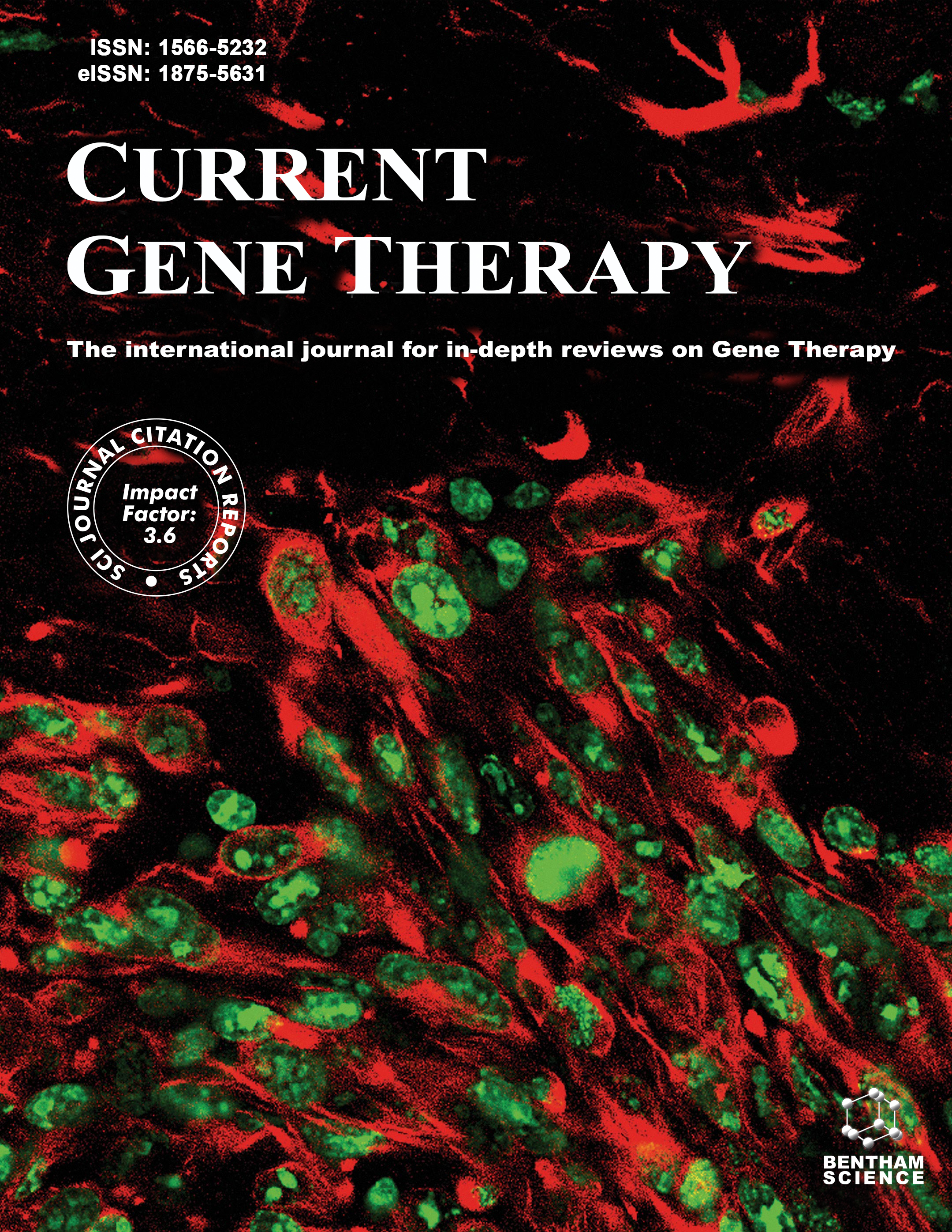
Full text loading...
Liposomes are versatile delivery systems for encapsulating small interfering RNAs (siRNAs) because they enhance cellular uptake and gene silencing. This study compares the new liposome formula to commercial lipofectamine in delivering siRNAs targeting hepatic carcinoma genes, focusing on HNF4-α and PFKFB4.
Flow cytometry and confocal microscopy revealed efficient internalization of PE-Rhod-B labeled lipoplexes in HepG2 cells, while cytotoxicity assays demonstrated significant reductions in cell viability, particularly with siHNF4-α and siPFKFB4.
The newly formulated liposomes showed superior efficacy, achieving nearly 93% cytotoxicity at 100 nM, compared to just 50% with lipofectamine at the same concentration. Furthermore, real-time PCR confirmed that the liposome-encapsulated siHNF4-α reduced HNF4-α mRNA expression by tenfold at 100 nM, compared to a twofold reduction with lipofectamine at 200 nM. Similarly, siPFKFB4 delivered via liposomes showed a dose-dependent 35-fold reduction in PFKFB4 mRNA expression at 100 nM, outperforming the maximum reduction achieved by lipofectamine. The IC50 values for all siRNA treatment groups were significantly lower when using the liposome formula, reflecting improved delivery efficiency.
These results demonstrate the potential of liposome formulations for therapeutic siRNA delivery. The encapsulation enhances cellular uptake and gene silencing efficiency, making the liposome formula a promising candidate for targeted gene therapy in hepatic carcinoma. Further research should explore it’s in vivo biodistribution and potential combination therapies.

Article metrics loading...

Full text loading...
References


Data & Media loading...

